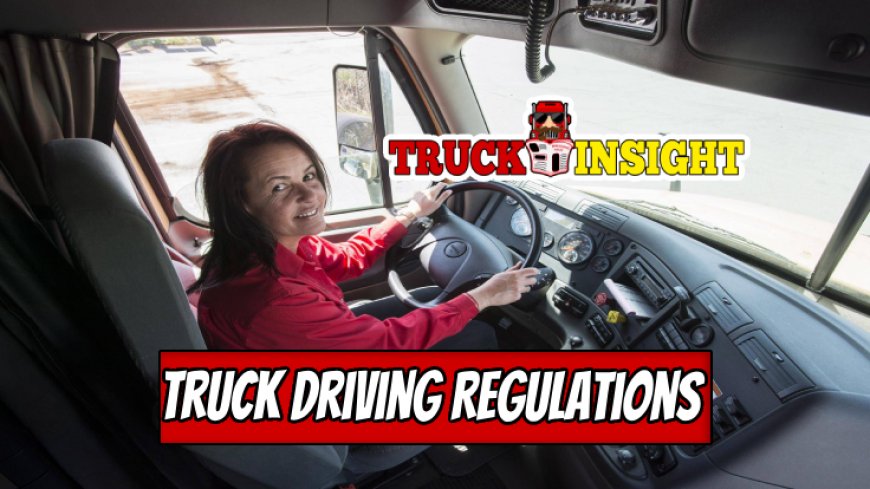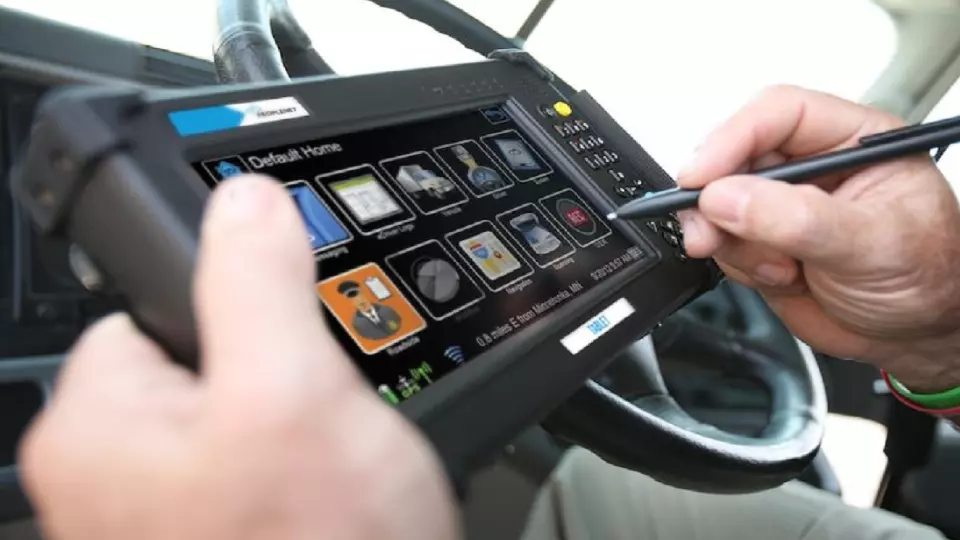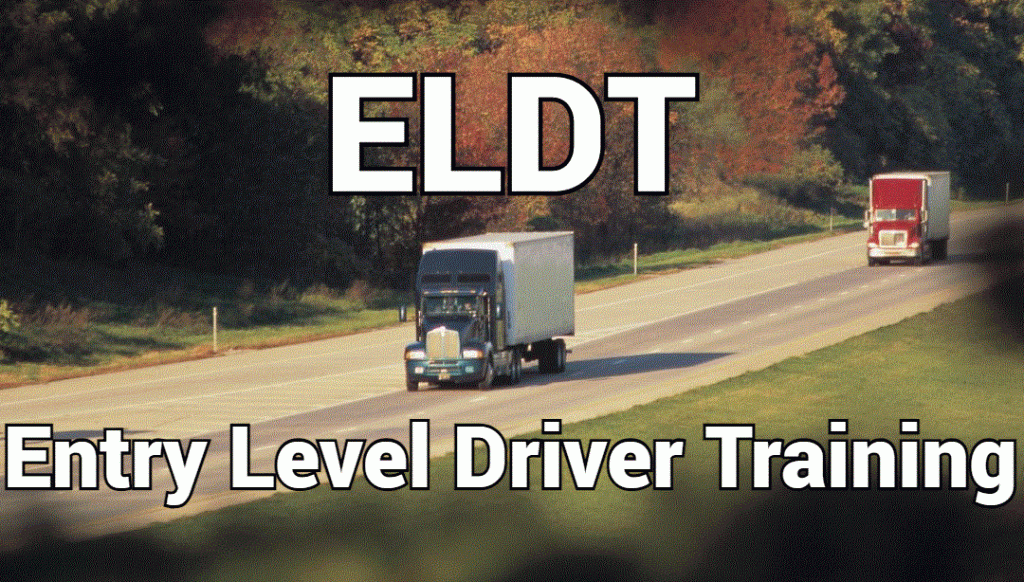Regulation Changes Impacting Truck Drivers
Stay updated with the most recent changes in truck driving regulations. We provide the crucial information that impacts you.

Keeping up with the ever-changing landscape of truck driving regulations is crucial for those working in the trucking industry. This evolving environment poses both challenges and opportunities for drivers, significantly impacting their operation, efficiency, and safety. Let's delve into the most recent changes to cultivate a clearer understanding of these vital industry norms.
Delve into Recent Truck Driving Regulations

In today's fast-paced trucking industry, it's crucial to stay well-versed not only with current practices but also with what the future may hold in store. Let's explore some of the most recent changes and their effect on the trucking community.
Table of Contents
1. Electronic Logging Devices (ELD) Mandate
2. Drug and Alcohol Clearinghouse
3. Hours of Service (HOS) Rules Changes
4. Compliance, Safety, Accountability (CSA) Reforms
5. CO2 Emission Rules
6. New Entry-Level Driving Training (ELDT) Rules
7. Conclusion
Electronic Logging Devices (ELD) Mandate

The mandate on ELDs is one example of important changes in truck driving regulations. These devices automatically record a driver's driving time and provide more precise hours-of-service records. They are an integral part of a driver's day-to-day operation, enhancing both safety and logistical planning. Since ELDs became mandatory in late 2019, the industry has seen a drastic reduction in Hours of service (HOS) violations.
Drug and Alcohol Clearinghouse
Another crucial change is the implementation of the Drug and Alcohol Clearinghouse. This central database records information on any truck driver who fails a drug or alcohol test. Employers can access this crucial data to decide if a prospective hire is suitable to operate a commercial vehicle, ultimately ensuring safer roads for everyone. This change has seen a significant increase in transparency and accountability within the industry.
The Importance of Clearinghouse
It's worth underlying why this clearinghouse is a landmark change. This initiative has brought about a paradigm shift in the hiring process within the trucking industry. Not only does it ensure safer roads, but it also fosters a safer and healthier work environment for all truck drivers, making this a win-win scenario for everyone involved.
Hours of Service (HOS) Rules Changes
In May 2020, the Federal Motor Carrier Safety Administration (FMCSA) introduced vital changes to the truck driving regulations regarding HOS rules. HOS rules control how long commercial drivers can operate their vehicles. These changes offer more flexibility to drivers and allow them to make real-time decisions based on their rest needs and driving conditions. Let's consider some of these changes:
- Short-Haul Exception: The new rule extends the short-haul exemption from 100 air-miles to 150 air-miles, also increasing the duty period limit from 12 hours to 14 hours.
- Adverse Driving Conditions: It increases the driving-window during adverse driving conditions by two hours.
- 30-Minute Break Rule: The updated regulation requires a break after eight hours of consecutive driving, rather than eight hours of "on-duty" time.
- Sleeper Birth Exception: It offers more flexibility, allowing drivers to split their required 10 hours off-duty into two periods.
These changes aim to offer commercial drivers more control over their schedules while ensuring their well-being and safety.
Compliance, Safety, Accountability (CSA) Reforms

The Compliance, Safety, Accountability (CSA) program has been under scrutiny. In response, some key changes have been implemented to address the industry's major concerns. The most significant reform is the incorporation of an item response theory (IRT) model to measure safety culture and risk. The IRT model is designed to offer more comprehensive, fair, and accurate assessments of a trucking company's safety performance.
CO2 Emission Rules
Another crucial aspect of truck driving regulations revolves around environmental concerns. Amid growing attention to climate change, the trucking industry has stepped up to reduce its carbon footprint. Stricter CO2 emission rules require manufacturers to produce trucks that are more fuel-efficient and have reduced emissions. These rules are a reminder that the trucking industry can, and must, play a substantial role in environmental conservation.
Making Sense of Emission Standards
Understanding emission standards can seem daunting, but their impact is straightforward – trucks must be "cleaner." Here are the key aspects of CO2 emission rules:
- Fuel Efficiency: CO2 emission rules are pushing for trucks to be more fuel-efficient, translating to fewer emissions per mile.
- Phased Implementation: To make the transition less jarring, emission standards are introduced in "phases," allowing manufacturers reasonable time to adapt.
- Future-Focused: The ultimate goal is to transition to zero-emission vehicles. While we may be years away from this reality, these regulations are stepping-stones in the right direction.
New Entry-Level Driving Training (ELDT) Rules

The last update worth discussing is the introduction of the new Entry-Level Driving Training rules. These rules lay out specific training requirements for prospective truck drivers before they can obtain their commercial driver's license (CDL). The objective is to ensure all new drivers are well-equipped with pertinent skills and knowledge to safely navigate the industry.
Conclusion
Staying updated with the latest truck driving regulations is vital in the ever-evolving landscape of the trucking industry. From the adoption of ELDs to CO2 emission rules, these regulations impact significant aspects of drivers’ day-to-day operations and have the potential to shape the industry’s future. The goal of these policies is to achieve a balance between operational efficiency, safety, and environmental conservation. By staying informed, truck drivers, operators, and other industry stakeholders can make knowledgeable decisions, remain compliant, and contribute positively to an industry that is integral to our economy.
What's Your Reaction?































































